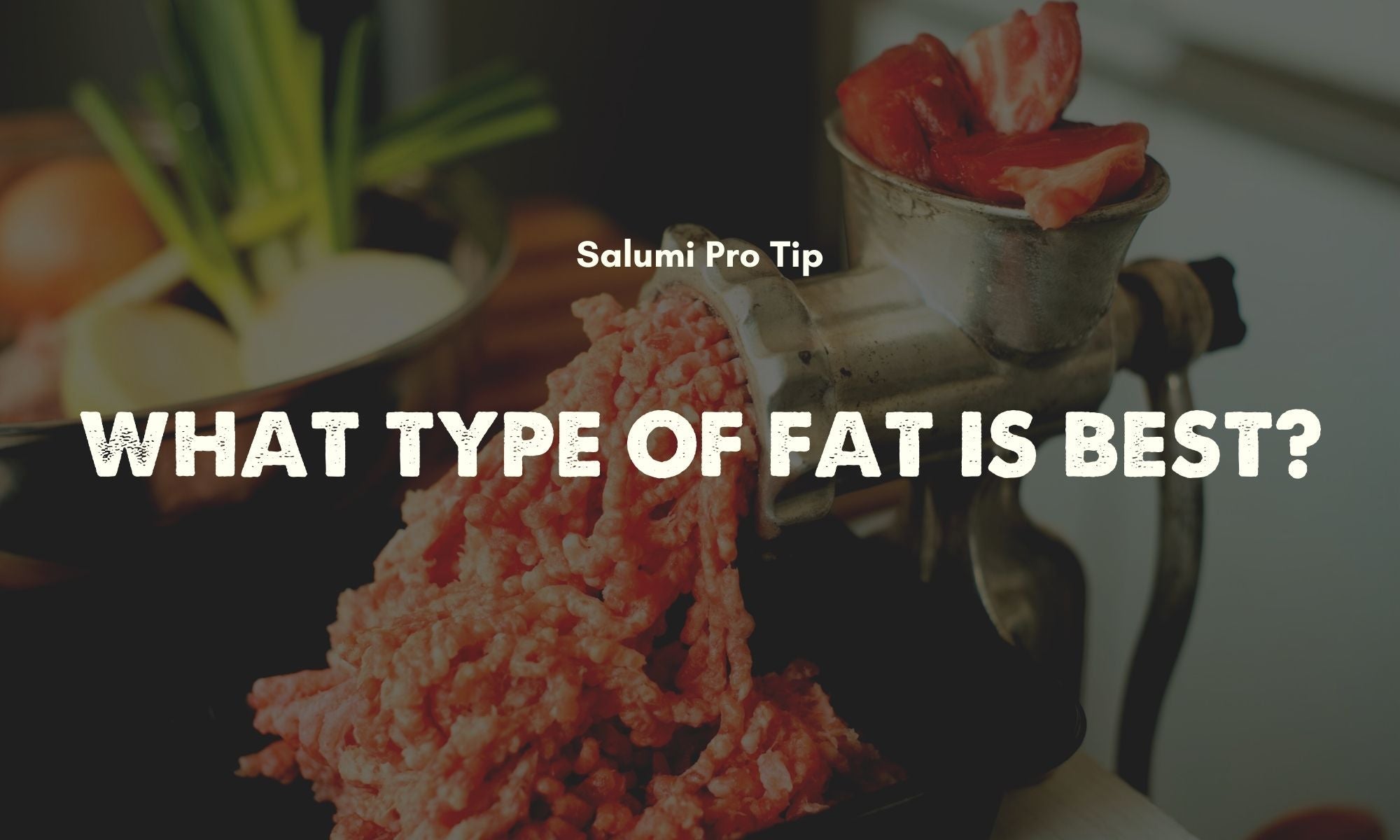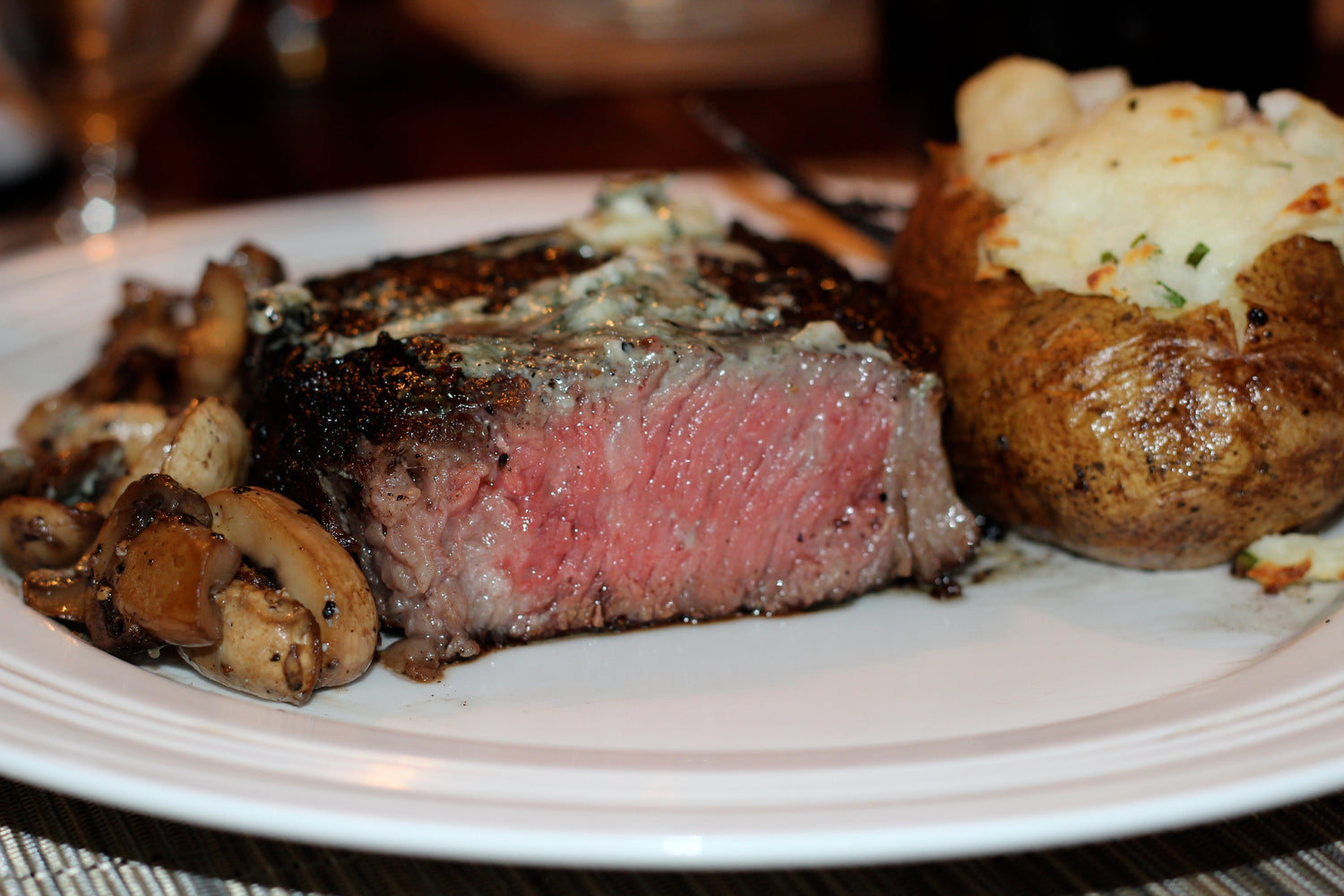In the world of Salumi and Charcuterie, pork is king. However, the use of pork is forbidden in many religious systems, such as Islam and Judaisam, making most Charcuterie and Salumi recipes unacceptable to a large part of the world’s population.
During our recent sujuk (a Turkish version of Italian Salami) making experience, we encountered a bit of a dilemma when it came to fat selection for this wonderful spicy sausage. We wanted to produce Middle East-appropriate, "porkless" sausage, which meant the use of pork fat was out of the question.
This led us into an exploration of the various properties of fat derived from different animals (as it relates to dry sausage). Here were our findings, by species:
1. Pork fat
Undoubtedly, this is the ideal for any dry sausage recipe. It has a high melting point and ages wonderfully into that mellow sausage deliciousness that most Salumi and Charcuterie-lovers know well. We recommend pork back fat for most dry sausage recipes.
2. Beef fat
Our experience of making beef-only salami/salume was fairly successful, although we can say that the beef fat was not the optimal fat to add to dry sausage. Beef fat tends to oxidize, turning slightly yellow, which makes the salami look less appealing. Beef fat also does not produce the same nutty, aged flavor as pork.
3. Duck fat
When we made duck prosciutto, we realized immediately how duck fat melts at just room temperature, making it significantly less desirable for dry sausage. The duck fat is likely to melt away, making the sausage greasy. This was the sole reason we opted to use pork fat in our duck salami recipe. Poultry fats are generally better suited for cooked sausages, especially emulsion-type products like traditional Bologna.
4. Sheep tail fat
This was the ultimate solution for making true “porkless” salami. Unfortunately, sheep tail fat is nearly impossible to find in the U.S. If you can get your hands on sheep tail fat, it is the best for making soudjuk or other no-pork dry salami.
Only the special Awassi Fat Tail Sheep produce this hard, versatile fat, making it difficult to source in the U.S. It has a high melting point and good aging characteristics. It is named the Middle Eastern version of schmalz (chicken fat).
Although we have not used this fat in any of the recipes that we have tried, we are always searching for new ingredients, and this one is quite interesting.
Check out this excellent blog post by a notable chef/blogger Jennifer McLagan on sheep tail fat and its versatility.
5. Outside-the-box replacements: White Chocolate
In conversation with a European butcher/charcutier, we learned that they used white chocolate as an animal fat alternative in some venison salami recipes. It took some experimentation but ended up producing really unique and delicious results when compared with dried, tart fruit.
Comment with your favorite pork fat substitutes below, or share your thoughts on our Facebook page.
Want to learn more? Check out our website!




